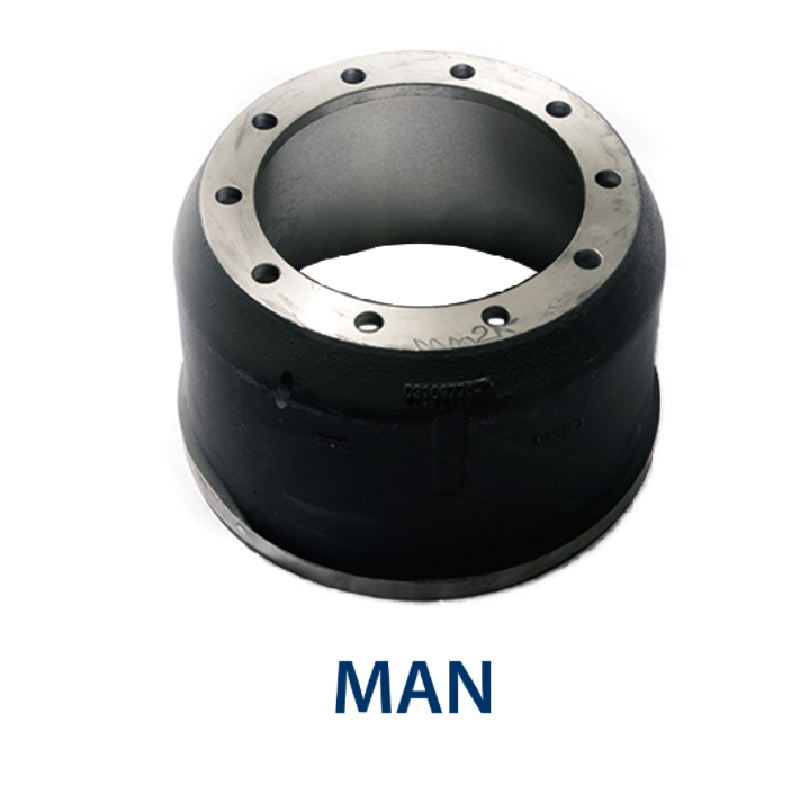Jan . 02, 2025 01:05 Back to list
brake drum system
Understanding Brake Drum Systems A Comprehensive Overview
Brake drum systems are a crucial component of automotive braking systems, primarily used in older vehicles and certain modern applications such as trucks and buses. Unlike disc brake systems that are prevalent in most passenger cars, drum brakes utilize a different mechanism to slow down and stop a vehicle. Understanding how brake drum systems work, their advantages, disadvantages, and maintenance requirements is essential for vehicle owners and automotive enthusiasts alike.
A brake drum system consists of several key components the brake drum, brake shoes, wheel cylinder, and various springs and hardware. The brake drum is a cylindrical component attached to the wheel, while the brake shoes are curved friction components that press against the inner surface of the drum when braking is applied. The wheel cylinder is responsible for activating the brake shoes by pushing them outward against the drum.
When the driver presses the brake pedal, hydraulic fluid from the master cylinder travels to the wheel cylinder, causing it to expand. This expansion forces the brake shoes outward against the brake drum's inner surface, creating friction and slowing down the wheel's rotation. The friction generated between the shoes and the drum is what ultimately brings the vehicle to a halt.
One of the major advantages of drum brake systems is their ability to provide strong braking force. The design allows a larger contact area between the brake shoes and the drum, which can translate to effective stopping power, especially under heavy loads. This is particularly beneficial in heavy-duty vehicles such as trucks and buses, where stopping capabilities are critical for safety.
brake drum system

Another notable advantage of brake drum systems is that they are generally self-adjusting. This means that as the brake shoes wear down, the system automatically compensates for the increased distance between the drum and the shoes. This feature can lead to reduced maintenance, as drivers often do not need to adjust the brake system as frequently as disc brakes.
However, there are some disadvantages associated with brake drum systems. One significant drawback is the tendency to overheat during prolonged braking, such as braking downhill. When overheated, drum brakes can experience brake fade, where their effectiveness diminishes temporarily, leading to longer stopping distances. This is particularly problematic in scenarios requiring repeated hard braking.
Additionally, drum brakes can be more complicated to service than disc brakes. The removal of the drum for maintenance can be cumbersome, and the internal components are often less accessible than those of disc brakes. Consequently, this can lead to higher maintenance costs and longer repair times if issues arise.
Despite their drawbacks, brake drum systems can still be found in various applications today, particularly in vehicles that prioritize durability and load-bearing capacity. Regular maintenance, including checking for wear and replacing brake shoes and drums, is essential to ensure they function effectively and safely.
In conclusion, brake drum systems play a vital role in the braking performance of many vehicles, especially those designed for heavy-duty use. Understanding their operation, benefits, and potential disadvantages allows vehicle owners to appreciate their functionality and maintain their braking systems properly. As automotive technology continues to evolve, it's essential to consider the role of traditional systems like brake drums even as newer technologies gain popularity. Proper knowledge and maintenance can ensure that these systems remain reliable and effective in providing safe stopping power.
-
ROR Web Development: Build Fast, Scalable, Secure Apps
NewsAug.17,2025
-
Scania Brake Drums: OEM Quality for Optimal Safety & Durability
NewsAug.16,2025
-
R.V.I: Advanced Remote Visual Inspection for Precision
NewsAug.15,2025
-
Discover HYUNDA: Innovative Vehicles, Equipment & Solutions
NewsAug.14,2025
-
R.V.I: Unlock Advanced Insights & Real-time Performance
NewsAug.13,2025
-
Kamaz Brake Drum: Durable & Reliable for Heavy Duty Trucks
NewsAug.12,2025
